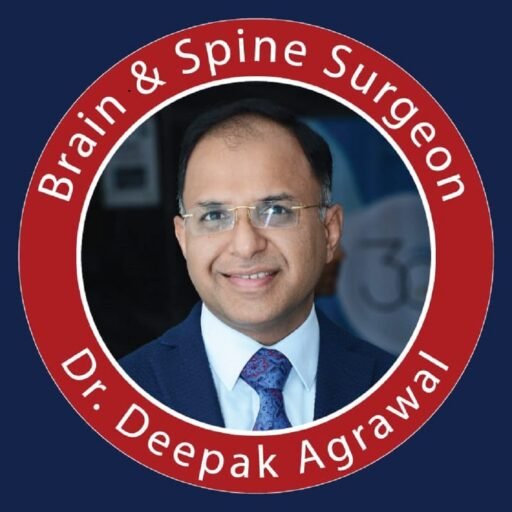Topics
Table of Contents
Obsessive-Compulsive Disorder (OCD) is a mental health condition characterized by persistent, intrusive thoughts (obsessions) and repetitive behaviors or mental acts (compulsions). It affects people of all ages, genders, and backgrounds. In this article, we will explore the various aspects of OCD, including its types, signs, symptoms, causes, prevention, treatment options, diagnosis, and potential home remedies.
Types of Obsessive-Compulsive Disorder
OCD manifests in various forms, with individuals experiencing different obsessions and compulsions. Common types include:
- Contamination OCD: Intense fears of germs or contamination, leading to excessive cleaning or avoidance of specific places or objects.
- Checking OCD: Persistent doubts that something terrible will happen, resulting in repetitive checking behaviors.
- Hoarding OCD: Difficulty parting with possessions, leading to the accumulation of unnecessary items.
- Symmetry and Order OCD: The need for things to be in a specific order or arrangement, often disrupting daily activities.
- Intrusive Thoughts OCD: Disturbing, unwanted thoughts or mental images that cause significant distress.
Signs and Symptoms
Recognizing the signs and symptoms of OCD is crucial for early intervention. Common indicators include:
- Persistent, unwanted thoughts or images.
- Repetitive behaviors or mental acts are performed to alleviate anxiety.
- Excessive time spent on these rituals interferes with daily life.
- Distress and impairment are caused by obsessions and compulsions.
Causes of Obsessive-compulsive Disorder
The exact cause of OCD is not fully understood, but a combination of genetic, neurological, behavioral, cognitive, and environmental factors may contribute. Some potential triggers include:
- Genetic predisposition: A family history of OCD may increase the risk.
- Neurological factors: Imbalances in neurotransmitters like serotonin.
- Environmental stressors: Traumatic events or chronic stress may trigger or exacerbate symptoms.
Prevention of OCD
While OCD cannot be entirely prevented, early intervention and effective coping strategies can help manage symptoms. Strategies include:
- Identifying and managing stressors.
- Developing healthy coping mechanisms.
- Seeking professional help when needed.
Treatment Options For Obsessive-compulsive Disorder
OCD is a treatable condition, and several therapeutic approaches are available:
- Cognitive-behavioral therapy (CBT): Focuses on identifying and modifying irrational thoughts and behaviors.
- Medication: Selective serotonin reuptake inhibitors (SSRIs) are commonly prescribed.
- Exposure and Response Prevention (ERP): Gradual exposure to anxiety triggers without engaging in compulsive behaviors.
Diagnosis
Diagnosing Obsessive-compulsive Disorder involves a thorough evaluation by a mental health professional. The Diagnostic and Statistical Manual of Mental Disorders (DSM-5) criteria are commonly used to assess symptoms and determine the appropriate diagnosis.
Home Remedies and Self-Help Strategies
While professional help is essential, certain home remedies and self-help strategies may complement treatment:
- Establish a routine: Structure and predictability can help reduce anxiety.
- Practice mindfulness and relaxation techniques: Yoga, meditation, and deep breathing exercises can be beneficial.
- Build a support system: Share your experiences with trusted friends or family members.
- Educate yourself: Understanding OCD can empower individuals to manage their symptoms more effectively.
Conclusion
Living with OCD can be challenging, but with proper understanding, support, and treatment, individuals can lead fulfilling lives. If you suspect you or someone you know is experiencing OCD symptoms, seeking professional help is the first step towards managing this condition effectively. Early intervention and a comprehensive treatment plan can make a significant difference in improving the quality of life for those affected by OCD.





